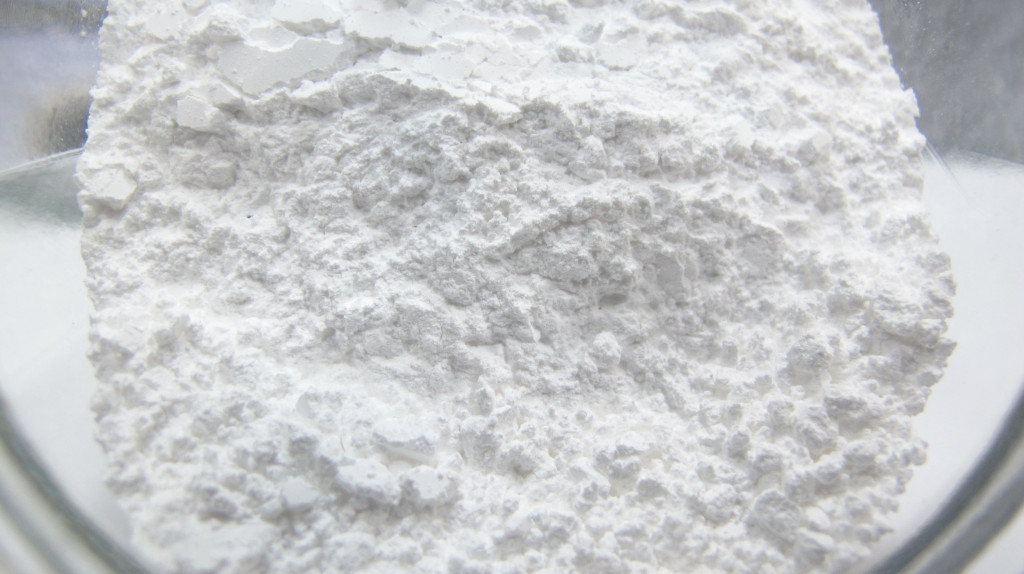What is a polishing agent, sponge, or wool? How are these materials used together? A polishing agent consists of abrasives combined with a medium, which can be water, oil, or alcohol-based substances. Different additives are added by various manufacturers to disperse the abrasive material within the medium. Finally, the polishing agent is paired with a polishing cloth to achieve the desired grinding and polishing effect. First, let’s understand the common types of abrasives, generally divided into two categories: superhard abrasives and regular abrasives. There are only two types of superhard abrasives—diamond and cubic boron nitride (CBN). Common regular abrasives include silicon carbide (also known as carborundum), aluminum oxide (also known as corundum), zirconium oxide, and silicon oxide. In polishing, certain acids or bases are often added to the medium to achieve a corrosion-polishing effect. For example, when polishing stone or stainless steel, a small amount of acid (such as hydrochloric acid) may be added to the polishing agent. When polishing ceramics or silicon carbide materials, an alkaline solution (such as potassium permanganate) might be used. Hydrogen peroxide and other process methods may also be added to the medium to soften and activate the surface of the workpiece, improving the polishing rate and enhancing the surface quality.
As a result, the selection of polishing cloth becomes extremely important. Different types of polishing cloths have varying resistance to acids and bases, as well as different porosity and water absorption rates, which allow them to hold abrasive particles of different sizes for optimal polishing efficiency. For example: For coarse polishing, it is suitable to choose polishing cloths made of foam materials with large pores, or slightly harder cloths, to achieve rapid material removal. For intermediate polishing, the main goal is to remove the marks left by the coarse polishing and create uniform, consistent polishing patterns on the workpiece’s surface. A woven material with a bit of hardness is appropriate to achieve the desired surface effect. For final fine polishing, the goal is to ensure no marks or even the slightest scratches, as any minor scratch could ruin the entire process. At this stage, a material with higher water or oil retention and a porous texture, such as long or short nap fabric, should be selected. This provides adequate lubrication, preventing the generation of heat during polishing, which could lead to dry polishing, abrasive particle clumping, and ultimately, the formation of undesirable micro-scratches.
Below is a summary of common abrasive types along with recommendations for pairing abrasives and polishing cloths:
|
Superhard abrasives |
Diamond |
– |
|
Cubic boron nitride |
cBN | |
|
Regular abrasives |
Black silicon carbide |
C |
|
Green Silicon Carbide |
GC | |
|
Brown Aluminum Oxide |
A | |
|
White Aluminum Oxide |
WA | |
|
Pink Aluminum Oxide |
PA | |
|
Hybrid Aluminum Oxide |
HA | |
|
Artificial Aluminum Oxide |
AE | |
|
Aluminum Zirconium Oxide |
AZ | |
|
Zirconium oxide |
Z | |
|
silicon dioxide (SiO2) |
SiO2 |
|
Process |
Types of Polishing Cloth |
Product Description |
Types of Polishing Solution/Compound | |
|
Material characteristics |
Scope of Application | |||
|
Rough polishing | Polypropylene | Hard fabric, lint-free, with adhesive backing | Iron-based and thermally sprayed metal coatings |
6μm and above Diamond |
| Acetate Fiber | Rigid compressed perforated non-woven fabric with adhesive backing | Ceramics, carbides, petrographic, hard metals, glass and metal-based composites | ||
| Nylon Brush | ||||
| Pig Bristle Brush | Similar to human hair, from root to end is from thick to thin, good elasticity. | Ceramics, carbides, petrographic, hard metals, glass and metal-based composites | ||
| Sisal Brush | Natural fiber, good water absorption | Ceramics, carbides, petrographic, hard metals, glass and metal-based composites | ||
| Wool Wheel | Hardness and density can be produced according to requirements, with good abrasion resistance. | Titanium alloy, stainless steel, die steel, hard alloys, plastics, metal plating | ||
|
medium polish |
Nylon Knitting | Medium hardness nylon fabric, oil-resistant, lint-free, with adhesive backing | Iron-based, sintered carbides and cast iron |
6μm and above Diamond |
|
Polypropylene | Compressed nonwoven fabric with adhesive backing | Iron-based, non-ferrous metals, electronic packaging, printed circuit boards, thermal spray coatings, cast iron, ceramics, minerals, composite materials, plastics |
15-0.02μm Diamond/Aluminum Oxide/Silicon Oxide | |
|
Knitting Wool | Soft synthetic fabric, lint-free, with adhesive backing | Iron-based, non-ferrous metals, microelectronics, coatings |
15-0.02μm Diamond/Aluminum Oxide | |
| Acetate Weave | Medium Durometer Synthetic Silk Fabric with Adhesive Backing | Iron-based, non-ferrous metals, microelectronics, coatings |
9-1μm Diamond | |
| Wool Wheel | Hardness and density can be produced according to requirements, with good abrasion resistance. | Titanium alloy, stainless steel, die steel, hard alloys, plastics, metal plating | ||
| Horse Hair Brush | Softness between pig bristle and wool, good toughness, polishing is recommended to use horsehair. | Titanium alloy, stainless steel, die steel, hard alloys, plastics, metal plating | ||
|
fine polish | Polyester Nylon | Soft plush rayon with adhesive backing | Iron-based, non-ferrous metals, ceramics, composites, printed circuit boards, cast iron, plastics, and electronic components. |
5-0.003μm Diamond/Aluminum Oxide/Silicon Oxide |
| Polyester Fiber | Soft plush fabric with adhesive backing | Iron-based, non-ferrous metals |
3-0.003μm Diamond/Aluminum Oxide/Silicon Oxide | |
|
Foaming Neoprene | Soft, short pile synthetic velvet with adhesive backing | Soft non-ferrous metals, microelectronic packaging materials |
1-0.003μm Diamond/Aluminum Oxide/Silicon Oxide | |
|
Foaming Neoprene | Porous, chemically resistant synthetic fabric with adhesive backing |
Titanium alloy, stainless steel, lead/tin materials, solder, electronic packaging, soft non-ferrous metals, plastics | ||
| woolen brush | Soft but slightly less flexible, won’t leave brush marks |
Titanium alloy, stainless steel, die steel, hard alloys, plastics, metal plating | ||

